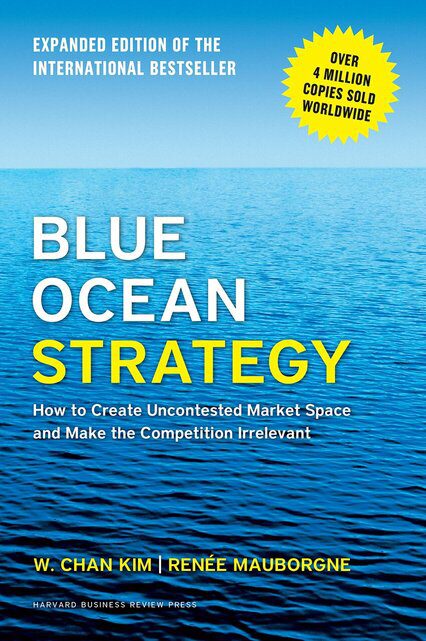“As long as you’re green you’re growing, as soon as you’re ripe you start to rot.”
Print | Kindle(eBook) | Audiobook
Ray Kroc was a quintessential salesman with a bias for action before turning McDonald’s into a household name; Ray worked various jobs selling paper cups, as a real estate agent, sometimes playing the piano in bands, milkshake mixer salesman, among other gigs. The 2016 movie, “The Founder,” starring Michael Keaton as Ray Kroc, portrays the story of his creation of the McDonald’s fast-food restaurant chain.
The title “Grinding it out” brings to mind the long apprenticeship of over thirty years during which Ray Kroc worked for others as a salesman and sales manager and later in his own small business. For the great opportunity of his life did not come until 1954 when he was fifty-two, an age when some executives are beginning to contemplate the greener pastures of retirement.
There is a tide in the affairs of men, Which, taken at the flood, leads on to fortune; Omitted, all the voyage of their life Is bound in shallows and in miseries. On such a full sea are we now afloat, And we must take the current when it serves, Or lose our ventures. —Shakespeare, Julius Caesar
After World War II, Kroc found employment as a milkshake mixer salesman for the foodservice equipment manufacturer Prince Castle. When Prince Castle Multi-Mixer sales plummeted because of competition from lower-priced Hamilton Beach products, Kroc was impressed by Richard and Maurice McDonald who had purchased eight of his Multi-Mixers for their San Bernardino, California restaurant, and visited them in 1954.
By the time of Kroc’s death, the chain had 7,500 outlets in the United States and 31 other countries and territories. The total system-wide sales of its restaurants were more than $8 billion in 1983, and his personal fortune amounted to some $600 million.
McDonald’s is the world’s largest restaurant chain by revenue, serving over 69 million customers daily in over 100 countries across 37,855 outlets as of 2018. McDonald’s is the world’s second-largest private employer with 1.7 million employees (behind Walmart with 2.3 million employees). The $100 billion in sales generated by McDonald’s company-owned and franchise restaurants in 2019 accounts for almost 4% of the estimated $2.5 trillion global restaurant industry.
Here are my favourite takeaways from reading, Grinding It Out: The Making of McDonald’s by Ray Kroc:
Everyman makes his own happiness and is responsible for his own problems.
